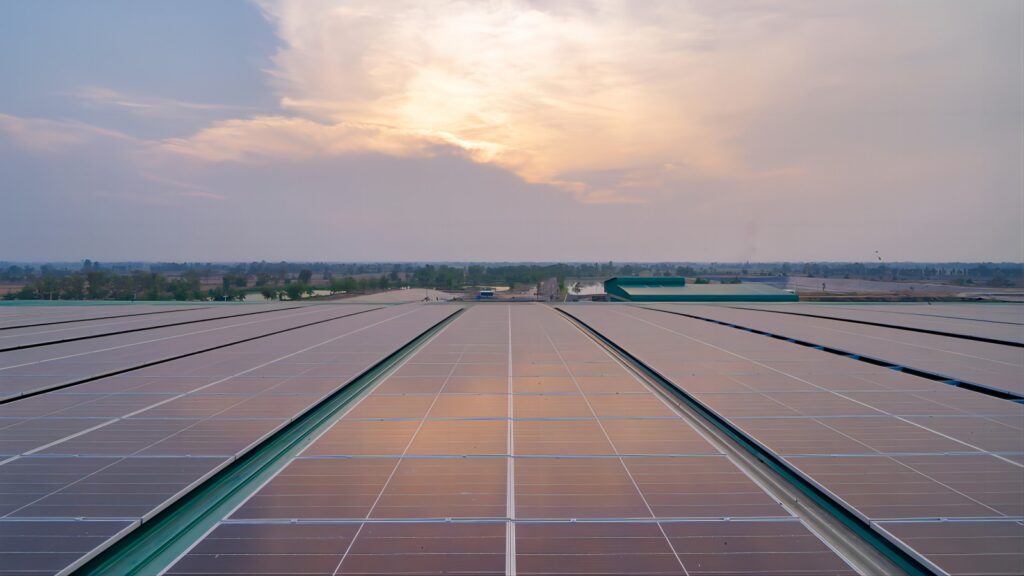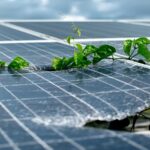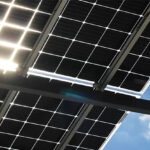Table of Contents
Intro:
In an evolving technology landscape, the photovoltaic energy industry is about to undergo exciting changes. This article will cover a range of topics, including industry leading technologies, photovoltaic policy updates, and the impact of international current events on the photovoltaic industry.
Austria to Abolish Value Added Tax on Photovoltaic Systems Below 35 Kilowatts in 2024
Austrian photovoltaic companies welcome the decision by the Vienna government to eliminate the sales tax on private household photovoltaic systems starting next year. Germany already implemented a zero-tax rate this year.
Discussions surrounding this move have persisted for quite some time, and now it has become a reality: Austria will no longer impose sales tax on private photovoltaic systems from 2024 onwards. The Austrian Federal Photovoltaic Association (PV) has welcomed this government decision, as the association has long advocated for reducing the output of electricity to zero. Minister for Climate Protection, Leonore Gewessler, announced these measures as part of her economic stimulus package.
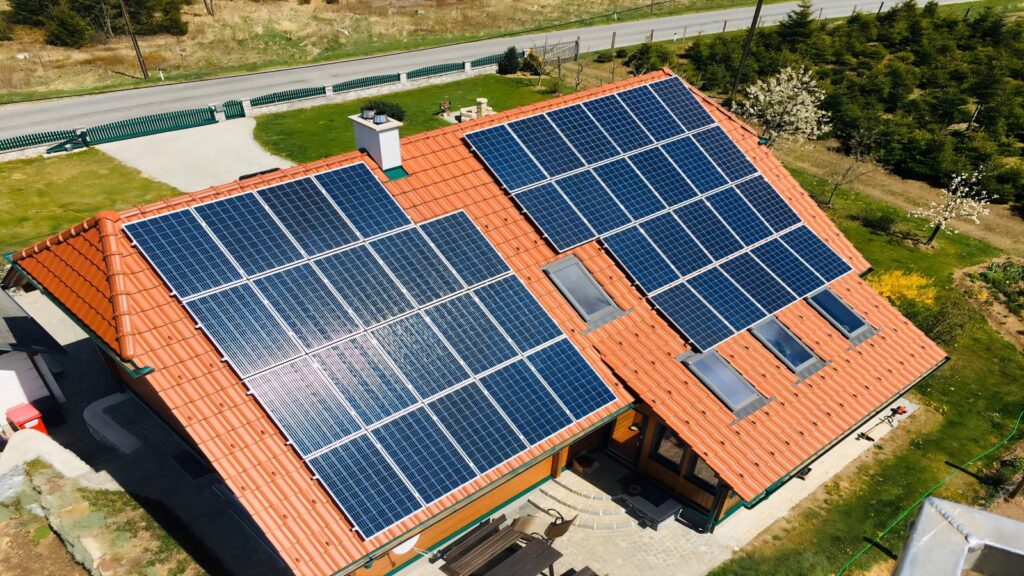
Herbert Paierl, the CEO of Austrian photovoltaic companies, stated, “As an association, we have long been calling for these measures and are pleased that the expansion of small-scale photovoltaic power generation will be driven next year.” This signifies that the motto of “zero sales tax, zero bureaucracy” will finally come to fruition. It’s a step taken at the right time, as the industry is currently experiencing a decrease in photovoltaic demand. “Reducing bureaucratic hurdles is offsetting this,” Paierl remarked.
The 0% sales tax rate will come into effect at the beginning of 2024 and will apply to all photovoltaic systems with an output of 35 kilowatts or less, including components and assembly. As explained by Austrian photovoltaic companies, this measure aims to replace federal funding, which has a two-year duration. Its purpose is to significantly promote the expansion of photovoltaic power generation by eliminating bureaucratic obstacles.
The Impact of the Palestinian-Israeli Conflict on the Photovoltaic Industry

On October 8, 2023, a significant development unfolded as Palestinians launched approximately 3,500 rockets into Israel, resulting in the destruction of numerous PV power plants. In a recent update, Israeli Energy Minister Katz announced that, in the short term, Israel would withhold the supply of water, fuel, and electricity to the Gaza Strip. The ongoing conflict between these two nations is yielding far-reaching adverse consequences, which can be analyzed from various perspectives:
1.Economic Instability and Declining Market Demand: The Palestinian-Israeli conflict is inevitably accompanied by economic instability and a decrease in market demand in both affected countries. During times of conflict, significant resources and funds may be diverted towards military needs, leading to a reduced demand for photovoltaic (PV) products. Furthermore, the destruction of infrastructure, disruptions in the supply chain, and market contractions resulting from the war pose obstacles to the development of the PV industry. This, in turn, is impacting exports to some extent.
2.Regional Ramifications: The conflict has led to the destruction and closure of several PV facilities in both countries, thereby affecting the regular operation of the photovoltaic industry. Simultaneously, the war may discourage potential investors from engaging in photovoltaic projects in the region, further hindering the growth of the photovoltaic industry.
3.Energy Supply Disruption and Instability: The Palestinian-Israeli conflict is causing disruptions and instability in the energy supply. During the conflict, energy facilities are becoming prime targets for attacks, resulting in power supply interruptions. This situation is detrimental to post-war reconstruction efforts.
In summary, the ongoing hostilities between Palestine and Israel are casting a shadow on the PV industry, giving rise to economic uncertainties, reduced market demand, regional disturbances, and energy supply issues. These challenges will need to be addressed for the photovoltaic industry to recover and thrive in the post-conflict era.
A Remarkable 26.5% Surge in a Single Day! Expanding the consolidation in the perovskite industry
Presently, the photovoltaic landscape is witnessing a seismic shift propelled by calcite technology, attracting significant attention from leading photovoltaic companies.
Just recently, the world’s largest thin-film photovoltaic behemoth, First Solar Energy, completed a substantial acquisition of a prominent player in chalcogenide technology, marking its entry into the chalcogenide sector.
Global Thin-Film Industry’s Bold Move
According to the local time, First Solar, the world’s largest thin-film photovoltaic company, made a significant announcement on its official website. The company revealed its strategic intent to acquire the Swedish leader in chalcogenide technology, Evolar AB. This move is aimed at further solidifying First Solar’s position as a global leader in the field of thin-film solar energy.
The total transaction value for First Solar’s acquisition stands at approximately $80 million. This amount includes an initial payment of $38 million upon the successful completion of the acquisition and an additional $42 million to be disbursed when Evolar AB achieves specific milestone technological breakthroughs.
This news has had an astounding impact, leading to a remarkable 26.48% surge in First Solar’s stock price in a single day—a historic one-day gain not seen in nearly a decade. Consequently, the stock price reached an all-time high, pushing First Solar’s total market value to $24.750 billion (equivalent to approximately ¥172.2 billion RMB).
Tesla, can be charged by solar energy
According to a report from Electrek, a prominent American new energy vehicle media outlet, Tesla has officially introduced a service in the United States and Canada that enables Tesla owners to charge their vehicles using surplus solar energy generated from their solar energy systems.
Elon Musk, a staunch advocate of solar energy as the clean energy source of the future, has now translated this vision into action by harnessing solar energy to power Tesla vehicles.
To take advantage of this groundbreaking feature, Tesla owners need to meet specific hardware and software prerequisites simultaneously:
1.Ownership of a Tesla vehicle.
2.Upgrading the car system to version 2023.26 or later.
3.Upgrading the Tesla Powerwall to version 23.12.10 or later.
4.Updating the Tesla App to version 4.22.5 for seamless coordination between the two systems.
Once these upgrades are completed, vehicle owners can open the Tesla App and activate the “Charge On Solar” function, allowing them to set cost limits and preferred charging locations as per their requirements.
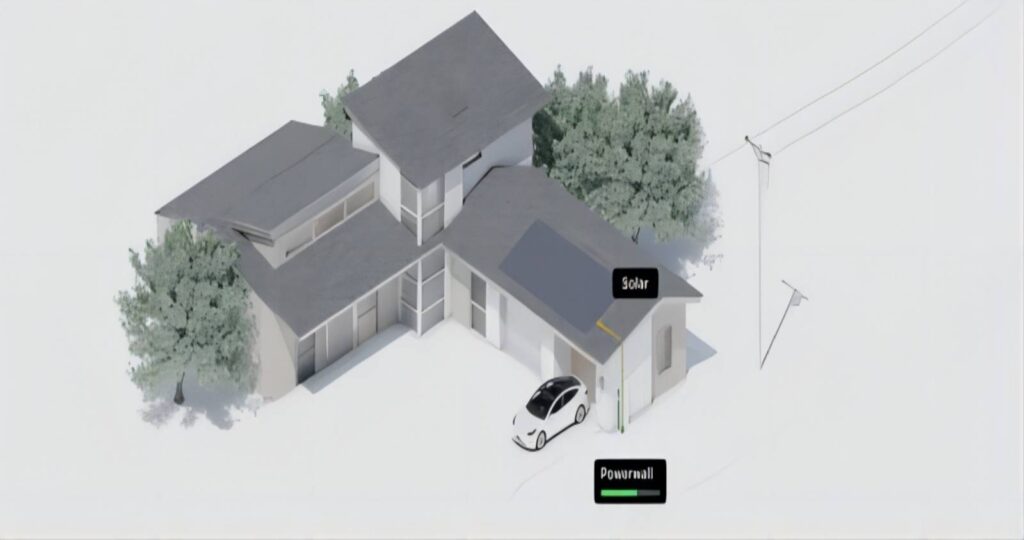
When engaged in solar charging, the vehicle will continually monitor the charging progress in real-time, adjusting the charging power every 10 seconds based on demand. Users can also schedule specific times for solar charging.
Tesla has outlined some key charging restrictions:
- If the vehicle’s current power level is below the solar slider threshold, it will use a combination of solar and grid charging.
- However, if the vehicle’s charge exceeds the solar slider threshold, it will automatically switch to using surplus solar charging only, continuing until the owner’s specified charging limit is reached.
- Since solar and home loads vary, users can enhance charging speed by adjusting the lower charging limit to their desired range.
This feature also offers active scheduling, allowing users to halt solar charging at a designated time if they anticipate increased energy consumption. By making use of Charge On Solar, Tesla owners can significantly reduce their electricity bills while embracing sustainable energy practices.
The Ongoing Debate in Photovoltaic Cell Pathways: Is TBC the Way Forward?
On October 11, 2023, TCL China Star (002129.SZ) responded to the Shenzhen Stock Exchange’s inquiry regarding the issuance of convertible bonds, presenting a comprehensive outlook on the company’s vision and strategic planning for the future of photovoltaic cell technology. This announcement was nothing short of a game-changer, challenging the established notions of innovation within the photovoltaic industry.
According to predictions from PV InfoLink analysts, by the end of 2023, TOPCon’s nominal production capacity is set to exceed 600GW, with a market share of around 25%. In 2024, TOPCon’s market share is poised to break the 60% mark. Presently, the entire industry is planning for a combined production capacity of over 1000GW, and the consensus in the industry suggests that TOPCon will become the mainstream photovoltaic cell technology pathway in the next 3-5 years.
A certain photovoltaic cell technology expert, interviewed by NE-SALON, emphasized that TBC cells represent a fusion of TOPCon and BC technologies. They utilize a structure involving tunneling and poly layers for passivation, and a significant portion of the manufacturing process aligns with TOPCon. This means that existing production lines designed for TOPCon can be conveniently and practically upgraded to TBC, an ideal solution given the substantial existing TOPCon cell capacity.
NE-SALON contends that the future of photovoltaic cells lies in the integration of BC technology onto the existing PERC, TOPCon, and HJT production capacities. Whether it’s HPBC, TBC, or HBC, it’s uncertain who will emerge as the frontrunner. Nonetheless, diversity is key, and each technology pathway has its place in the industry. TCL China Star, on the other hand, suggests that there is no need for division and debate in photovoltaic cell technology pathways. All these technologies share a common goal – to help reduce LCOE (Levelized Cost of Electricity) for end-users in power stations.
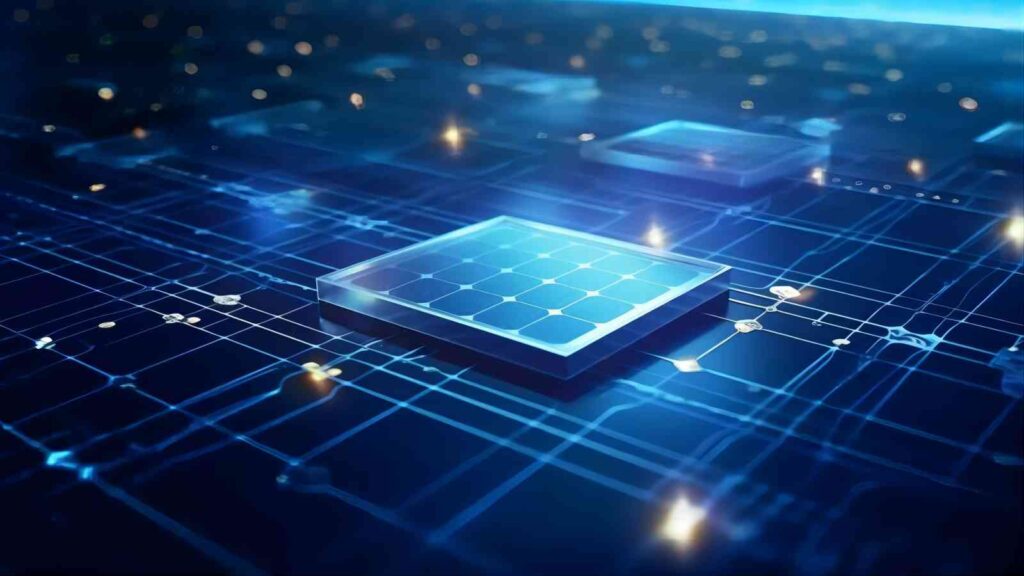

New Photovoltaic news you should know about (March 2024)
Table of Contents REC Unveils a 430 W Heterojunction Solar Module Boasting 22.2% Efficiency REC, a Singapore-based PV module manufacturer, introduces its residential solar modules featuring Alpha heterojunction cell technology. Production has commenced at REC’s Industry 4.0 fab in Singapore, with initial shipments

IBC Solar Modules vs. Bifacial Glass-Glass Solar Modules: Which Is More Suitable for Winter or Low-Light Conditions?
Table of Contents Introduction As the demand for renewable energy continues to surge, advancements in solar technology have broadened the spectrum of component choices available to us. Among these, IBC (Interdigitated Back Contact) full black solar modules have garnered special attention due to

Why Are Lightweight Bifacial Solar Panels the Best Choice for Balcony Solar Power Plants?
Table of Contents In the quest for efficient and eco-friendly home energy solutions, solar photovoltaic technology has emerged as a key player due to its sustainability and clean energy benefits. Particularly in the space-constrained urban settings, the effective conversion of every inch of

Questions You Might Ask About Balcony Solar Power Plants in 2024
Table of Contents What is a Balcony Solar Power Plant? Similar to a traditional photovoltaic panel, a Balcony Solar Power Plant is a device designed to generate electricity from solar energy. This green energy generator is specifically tailored for self-consumption, but it comes with

A Step-by-Step DTU Guide for Balcony Solar Power Plants
As renewable energy becomes increasingly integral in our daily lives, Maysun Solar’s Balcony Solar Power Station, with its advanced technology and user-friendly design, represents a transformative approach to home solar solutions. The integration of a Data Transfer Unit (DTU) enhances its smart functionality

What Are The Main Components of Solar Panels?
What are the main components of solar panel? Solar panels, the cornerstone of solar energy technology, are composed of several integral parts, each contributing to their ability to harness sunlight and convert it into electrical energy. In this article, we will explore the essential

